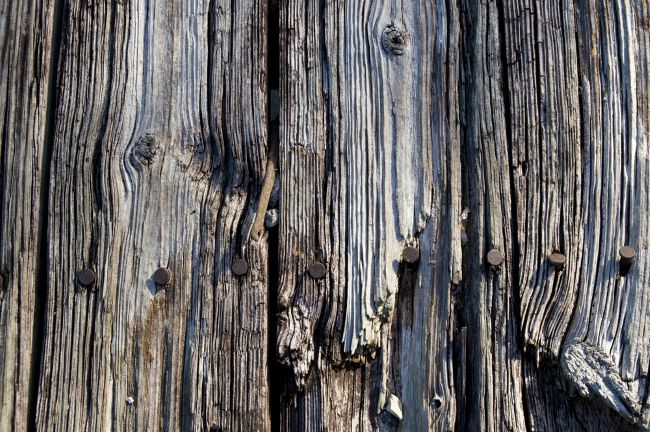Exploring Your Options: Replacing Old Decking

When the time comes to replace your old decking, it’s essential to consider several factors to ensure you make the best choice for your home and lifestyle. Whether your current decking is worn out, outdated, or simply no longer meets your needs, there are numerous options available that can transform your outdoor living area into a stylish and functional space.
Assessing the Condition of Your Current Decking
Before diving into replacement options, take a close look at the condition of your existing decking. Factors such as rotting, warping, splintering, and fading can indicate the need for replacement. Additionally, consider the maintenance efforts required to keep your current decking in good shape. If upkeep has become cumbersome or if repairs are frequent, it may be time to explore more durable and low-maintenance alternatives.
Choosing the Right Material: Wood vs. Composite Decking
One of the first decisions to make when replacing old decking is the choice between traditional wood and composite materials. Each option offers unique benefits and considerations:
Wood Decking:
- Natural Aesthetic: Wood decking provides a classic, natural look that enhances the beauty of outdoor spaces.
- Affordability: Initial costs for wood decking materials are generally lower compared to composites.
- Maintenance: Regular staining, sealing, and periodic maintenance are necessary to protect against weathering and decay.
- Environmental Impact: Select sustainably sourced wood options to minimize environmental impact.
Composite Decking:
- Durability: Composite decking is highly resistant to fading, staining, scratching, and mold, making it a durable choice for long-term use.
- Low Maintenance: Requires minimal upkeep beyond occasional cleaning with soap and water.
- Variety: Available in a wide range of colors, textures, and finishes that mimic the look of natural wood.
- Longevity: Typically comes with longer warranties and maintains its appearance over time without extensive maintenance.
Considering Decking Materials Based on Climate and Location
The climate and location of your home play a crucial role in selecting the best decking material:
- Moisture and Humidity: In humid climates, composite decking’s resistance to moisture can prevent mold and mildew growth.
- Temperature Extremes: Choose materials that withstand temperature fluctuations without warping or cracking.
- Sun Exposure: UV-resistant materials, such as certain types of composite decking, retain their color and finish in sunny areas.
Exploring Alternative Decking Materials
Beyond traditional wood and composite decking, several alternative materials offer unique advantages:
- PVC Decking: Made from synthetic materials, PVC decking is highly durable, low maintenance, and resistant to moisture and fading.
- Aluminum Decking: Lightweight and non-combustible, aluminum decking is ideal for fire-prone areas and requires minimal maintenance.
- Bamboo Decking: A sustainable option that combines natural beauty with durability, bamboo decking is eco-friendly and resistant to insects and moisture.
Old Decking Removal
Many decking fitters do not offer old decking removal as part of their services. However, it is crucial to remove old decking properly to ensure the structural integrity of your new installation. Booking professional decking removal service that has great experience in safely dismantling and disposing of old decking materials, including timber, composite, and other types is a great help. This way you can avoid the hassle and potential risks associated with DIY removal, ensuring a smooth transition to your new outdoor space.
Planning for Deck Layout and Design
Once you’ve selected the decking material, consider the layout and design of your new deck:
- Deck Size and Shape: Determine the size and shape of your deck based on available space and intended use (e.g., dining, lounging, entertaining).
- Accessories and Features: Incorporate features such as built-in seating, lighting, pergolas, and railings to enhance functionality and aesthetics.
- Safety Considerations: Ensure compliance with local building codes and safety regulations, including proper railing heights and stair design.
Installation and Maintenance Tips
To ensure a successful deck replacement project, follow these installation and maintenance tips:
- Professional Installation: Hire experienced contractors or builders familiar with the chosen decking material for proper installation.
- Regular Maintenance: Follow manufacturer guidelines for cleaning and maintenance to preserve the deck’s appearance and longevity.
- Inspections: Periodically inspect the deck for signs of wear, damage, or structural issues, and address any concerns promptly to prevent costly repairs.
Budgeting and Cost Considerations
Budgeting for a deck replacement involves considering the cost of materials, labor, and additional features:
- Material Costs: Compare prices and factor in long-term maintenance expenses when choosing between wood, composite, or alternative decking materials.
- Labor Costs: Obtain estimates from reputable contractors for installation based on project complexity and size.
- Additional Features: Allocate funds for accessories, such as lighting, seating, and landscaping, to complete your outdoor living space.
Replacing old decking presents an opportunity to enhance your home’s exterior aesthetics, functionality, and value. By carefully evaluating material options, considering climate factors, planning for layout and design, and adhering to installation and maintenance best practices, you can create a durable, low-maintenance outdoor living space. Whether opting for traditional wood, modern composite, or innovative alternative materials, investing in quality decking ensures years of enjoyment and enhances your home’s overall appeal.


